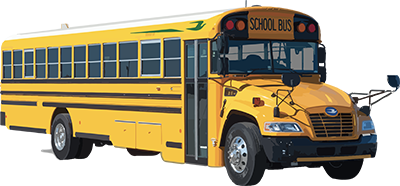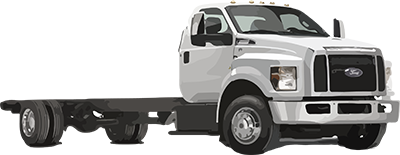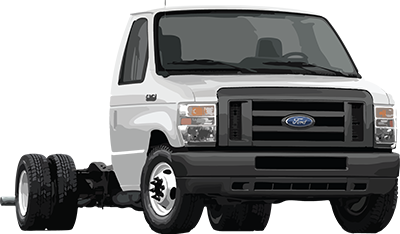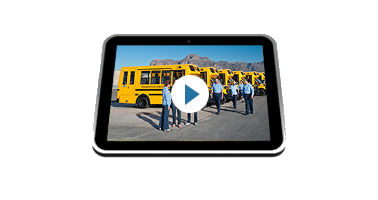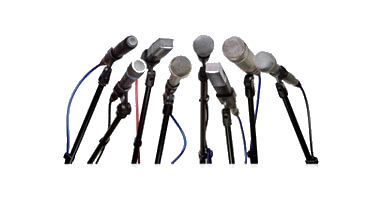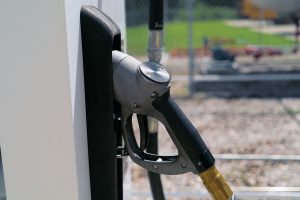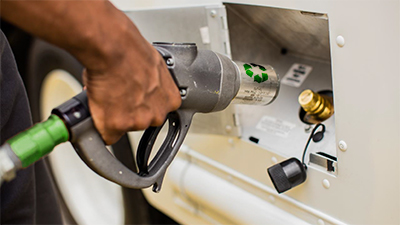Dealer Spotlight: Western Bus Sales
Interviewee: Mollie Blagg
Title: President
Q. Why are some customers hesitant to move away from diesel?
A. Even though we sell a large number of propane buses, we still find that some districts require 84-passenger buses. These districts would need to reroute if they purchased smaller capacity buses. Many don’t have a facility on-site for fueling. Or they aren’t interested in truck fueling or cannot find a local provider who will offer the service. Sometimes the transportation shop technician loves diesel and isn’t open to hearing about options. But that doesn’t stop us from discussing propane.
The good news is that the incremental bus cost isn’t an objection anymore, which means school districts better understand the total cost of ownership idea. We want to make sure that customers who aren’t choosing alt fuels are making the decision based on an educated position. In fact, 83 percent of the Type C buses we sold so far this year have been propane buses, so our message is being received.
Q. How are you positioning gasoline and propane in your area?
A. For our customers who are looking for alternatives to diesel, many feel that propane makes more sense in the long run than gasoline. We do pitch gasoline, but many times, the customer still chooses propane.
For instance, we sold our first gasoline units a few weeks ago to a customer who was already operating propane buses. They bought six of each! The district has an area where they can’t put a fueling station, so they chose to go with gasoline. One thing was for sure: they were adamant they didn’t want diesel buses. And we made sure that they knew what all of their fueling options were.
We also use our own calculators to show our customers the total ownership cost comparing diesel / gasoline / propane to help with their decision-making. After the sale, we find a higher owner loyalty with propane buses, which is great.
Lastly, it’s important to let our customers know that we’re a one-stop warranty provider for the propane engine; fuel system; transmission; bus body; and chassis. This allows us to have full control over the service and downtime customers experience with the product. That way, they know they can come directly to us following the sale.
Q. Is there any advice you’d like to give to other dealers?
A. Realize that every market is different. Our area covers a lot of smaller districts in the state. Our largest one-time order has been 28 units, while all other sales have been up to five propane buses. A lot of times our customers start with one or two propane buses and then they buy one or two more. We find being flexible on how we handle each unique situation is key.
Find a customer advocate. One of our initial goals was to get one customer who wanted to scream from the mountains about how much they love their propane buses. Then every district interested in propane has someone to talk with and better understand why they should consider propane. This also helps get buy-in from multiple levels — from the shop guys to drivers to the transportation directors.
Many states have seen propane adoption without any government subsidies, except for the fuel excise tax credit. So, we haven’t relied on subsidies to make sales.
Q. How do you introduce propane-fueled buses to prospective customers? 
A. We have a great visual. We keep a big map of the state of Oregon and put stickers with the quantity of propane buses in each district location. This helps potential customers understand that there are propane buses running throughout the state and in different climates not just in one area. This helps our customers understand why we are the propane experts.
We also feel it’s our responsibility to make customers aware of the alt fuel offerings. We want to make sure that customers who aren’t going with alt fuels — yet — are doing so based on an educated position.
And, we always make sure to demo the product. We want to get our customer’s drivers behind the wheel. This gives us a better chance to manage the customer experience.



